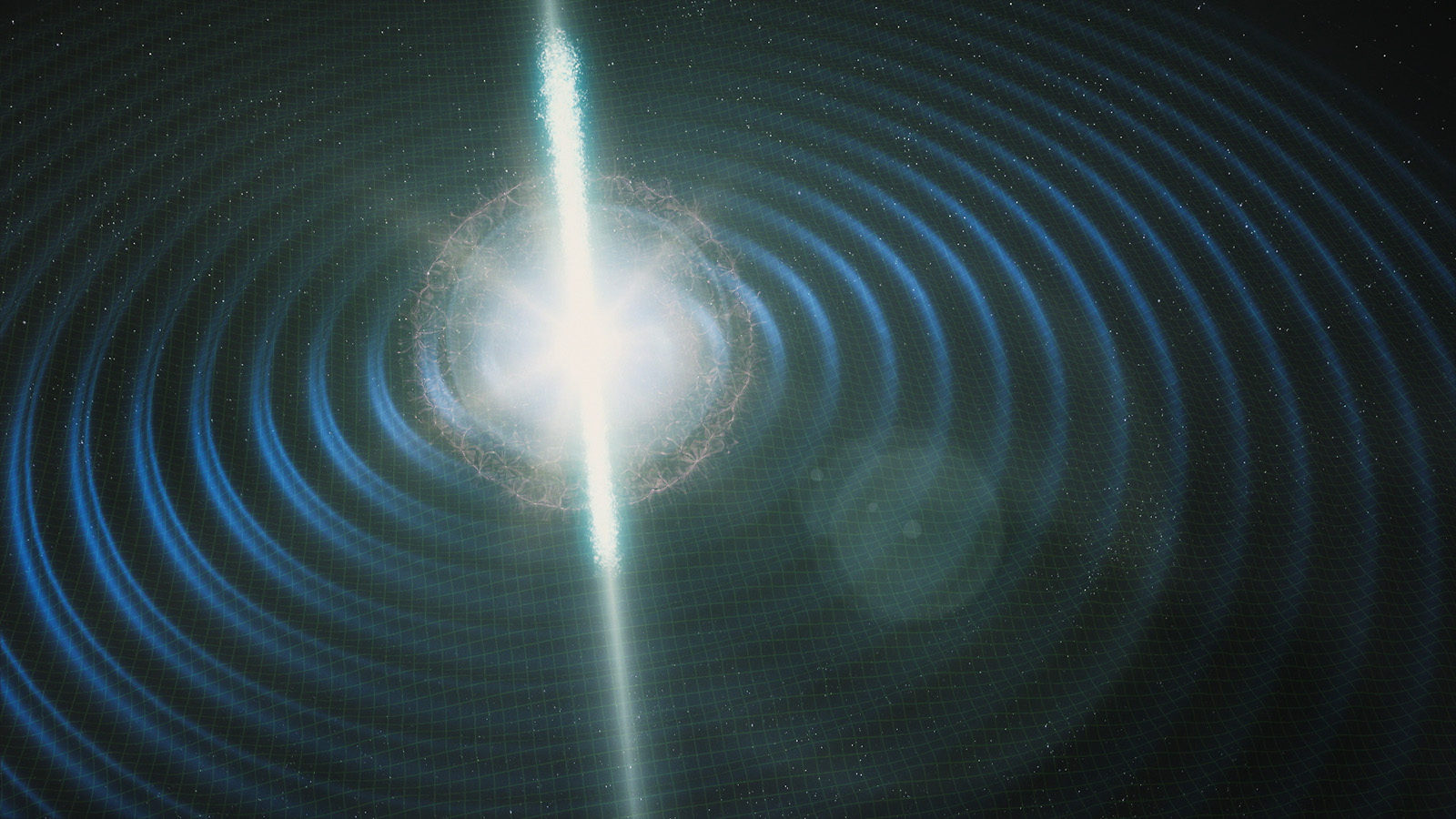In 2011, three physicists embarked upon a journey across India. They were looking for the best place in the country to listen for the faintest sounds in the universe.
According to Tarun Souradeep, Bala Iyer and Rana Adhikari, they have found that place, in a southwestern plateau region called Aundha in the Maharashtra state.
India is set to house the next detector of the Laser Interferometer Gravitational Wave Observatory, or LIGO. In April 2023, the Indian government approved construction, and by the end of the decade, they expect to see the observatory’s first detections of gravitational waves.
Gravitational waves are like ripples in the “fabric” of the universe. Technically speaking, these ripples emanate from every physical object that moves. But only the most catastrophic cosmic events, such as collisions of neutron stars and black holes, produce ripples powerful enough for us to detect with our Earthbound instruments.
When Albert Einstein first predicted the existence of gravitational waves, almost 100 years before their discovery, he wasn’t sure scientists would ever manage to detect them. In 2015, the first two LIGO detectors—one located in Hanford, Washington, and the other in Livingston, Louisiana—made history by detecting an extraordinary event generated by a pair of colliding blackholes some 1.3 billion light years away. Since then, scientists at LIGO and European observatory Virgo have detected about 100 gravitational-wave-producing events.
Even before that first discovery, scientists had been considering the benefits of constructing a gravitational-wave detector in India, as proposed in a paper published in 2011. “It was one of the most cited papers during the discovery of the gravitational wave with LIGO in 2015,” says Souradeep, the director of Raman Research Institute, India.
Similar to the twin LIGO observatories in the US—and building on the lessons learned in constructing and operating them—LIGO-India will house an L-shaped, 4-kilometer-by-4-kilometer detector called an interferometer.
Interferometers function like antennae to help scientists detect the vibrations from gravitational waves. In the interferometer, a laser beam is split into two beams that travel down the arms simultaneously, bounce back, and then cancel one another out as they recombine. If a gravitational wave ripples through the two arms, the symmetry between the beams is broken—which LIGO scientists detect as a spot of light.
Catching this subtle signal requires an extremely steady detector. Scientists traveled to different cities and scientific institutions, sometimes by road and sometimes by air, in the quest to find the ultimate place to build LIGO. In the absence of project funds prior to 2016, the team carried out seismic studies by borrowing instruments from geophysics colleagues and training people to use them. Also using data from the Indian Space Research Organization, scientists considered about 40 options across the Indian subcontinent.
Their choice, Aundha, is far from the crashing of waves along the Indian coastline and the rumbling of trains along India’s railway systems. The site is situated on a natural barren plateau of the Deccan Traps, a volcanic formation in an otherwise fertile—and populated—region. “It took five years to find the perfect location,” Souradeep says. “We have a technically excellent site where we didn’t displace anyone. We are very proud of that fact.”
LIGO-India will be the second gravitational-wave detector in Asia, joining the previously built Kagra detector in Japan. Detecting a gravitational wave from multiple locations on the globe allows scientists to triangulate where it’s coming from. “Being like the two LIGO detectors but much farther away, [LIGO-India] has the potential to have comparable sensitivity and hence improve sky localization of gravitational-wave sources,” says Bala Iyer, a theoretical physicist, among the project leads for LIGO-India as part of the IndIGO consortium.
Given its position on the opposite side of the globe from the United States, the Indian LIGO detector will be misaligned with the Washington and Louisiana detectors—and this is another key to its usefulness. Because of its location, LIGO-India will measure gravitational waves in a different polarization.
“It’s very similar to polarized sunglasses,” says Adhikari, a professor of physics at CalTech in the US and an associated faculty member at the International Centre for Theoretical Sciences in Bengaluru, India. “With polarized glasses, the horizontally polarized light [e.g., reflections from metal, water or the windows of nearby cars] gets filtered out, letting our pupils expand and see better on bright days. For electromagnetic or gravitational waves, the two polarizations carry different pieces of information.”
Binary star systems, for example, emit gravitational waves that are polarized in a circular pattern. The US LIGO detectors sense only one part of this polarization, and scientists cannot ascertain whether they are seeing the orbit “face on” or “edge on.” This missing information makes it harder to estimate the distance to the source of the gravitational waves. LIGO India will make it easier to find events like neutron-star mergers in the sky.
Construction of the new gravitational-wave observatory, which will be accompanied by a science outreach center, is scheduled to be complete by the end of 2030.







